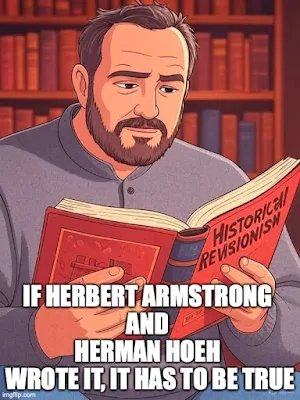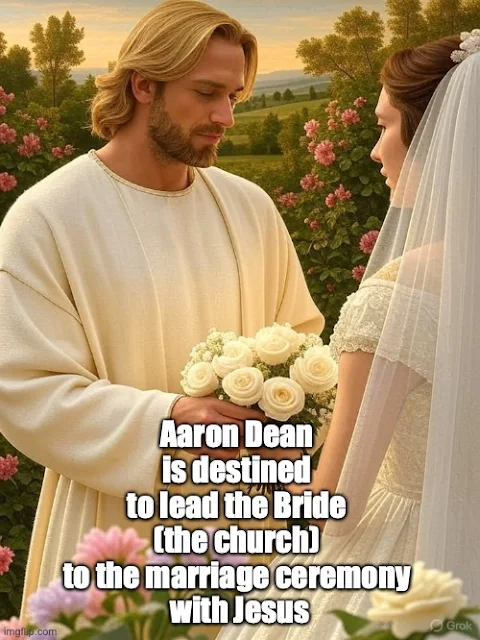Disfellowshipment and marking stem from New Testament directives to address unrepentant sin or divisive behavior within the church. Key scriptures include:
Matthew 18:15-17: Jesus outlines a process for addressing a brother's sin, culminating in treating an unrepentant person "as a Gentile and a tax collector" if they refuse correction.
1 Corinthians 5:5, 11: Paul instructs the Corinthian church to "deliver such a one to Satan for the destruction of the flesh" and to avoid associating with a brother who persists in sins like sexual immorality, greed, or idolatry.
Romans 16:17: Paul urges the church to "mark" those who cause divisions or offenses contrary to doctrine and to avoid them.
2 Thessalonians 3:6, 14-15: Believers are commanded to withdraw from those who walk disorderly but to admonish them as brothers, not enemies.
Encourage repentance (1 Corinthians 5:5, 2 Corinthians 2:6-8).
Protect the congregation from the spread of sin or false teaching (1 Corinthians 5:6-7).
Preserve the church’s reputation before the world (1 Timothy 6:1).
Social Isolation
Loss of Community: In tight-knit Church of God congregations, fellowship was a core aspect of spiritual and social life (Philippians 1:27). Disfellowshipment often meant a complete or near-complete cutoff from social interactions with church members, including family and friends. Paul’s instruction in 1 Corinthians 5:11 to “not even eat” with such a person emphasized this separation, which could be emotionally devastating.
Public Marking: Marking, as described in Romans 16:17, involved publicly identifying someone as a threat to the church’s unity or doctrine. This could lead to public shame and ostracism, amplifying the sense of rejection. For example, announcements like “Mr. John Doe has been marked for cause” were sometimes made during services, making the individual’s status known to the congregation.
Impact on Family and Friends: The obligation to avoid social contact extended to close relationships, creating tension and emotional pain. Members were taught to prioritize spiritual purity over personal ties, which could feel like betrayal or abandonment (2 Thessalonians 3:15).
Spiritual Consequences
Perceived Loss of Salvation: In some Church of God teachings, disfellowshipment was framed as being “delivered to Satan” (1 Corinthians 5:5), implying a temporary removal from God’s protection. For believers who viewed the church as the “called-out body of Christ,” this could feel like a direct threat to their spiritual standing or salvation, even if the intent was to prompt repentance.
Restricted Participation: Disfellowshipped members often faced restrictions on participating in sacred practices, such as taking Passover or attending certain church events. In the Church of God, where these rituals are central to spiritual identity, exclusion could feel like a profound spiritual punishment.
Lack of Transparency and Consistency
Subjective Application: The decision to disfellowship or mark was often at the discretion of church leaders, such as ministers or elders. Without clear, universal guidelines, these decisions could appear arbitrary or biased, leading to perceptions of unfairness. For example, some members felt disciplined for minor infractions or doctrinal disagreements, while others were overlooked.
Confidentiality vs. Public Shame: While some disfellowshipments were kept confidential, others were announced publicly, especially for widely known transgressions or to warn the congregation of a perceived threat. This inconsistency could heighten fear, as members might not know whether their discipline would remain private or become a public spectacle.
Potential for Abuse: Critics, including former members, have noted that disfellowshipment could be used to silence dissent or enforce strict compliance. For instance, disagreements over doctrine or church practices could lead to marking or disfellowshipment, as seen in cases where members questioned leadership or explored different interpretations of scripture.
Emotional and Psychological Impact
Shame and Stigma: The public nature of marking or announcements about disfellowshipment could lead to feelings of shame, particularly in small, close communities. Members feared being labeled as “disorderly” or “divisive,” which could damage their reputation and relationships.
Fear of Judgment: The process often involved confrontations with church leaders, which could feel intimidating. The requirement to confess sins or face a disciplinary council added pressure, especially for younger members or those already struggling with guilt.Loss of Identity: For many in the Church of God, membership was a core part of their identity. Being disfellowshipped or marked could feel like losing one’s place in the “household of God” (Ephesians 2:19), leading to existential fear and alienation.
Hierarchical Structure: The Church of God often operated with strong ministerial authority, where leaders were seen as “judges in Israel”. This gave significant power to ministers, whose decisions could profoundly affect members’ lives.
End-Time Beliefs: Many Church of God groups emphasized the imminent return of Christ and the need for holiness to be part of the “elect.” The threat of being excluded from the church could feel like being excluded from God’s kingdom, heightening fear.Community-Centric Culture: The church was often the center of members’ social and spiritual lives, especially in smaller congregations. Losing fellowship meant losing a support system, which could be particularly traumatic in isolated or rural settings.
Perceived Cruelty: Some felt the practices were applied harshly, without sufficient regard for individual circumstances. For example, a teenage girl disfellowshipped at 14 for a moral infraction reported feeling shamed and worthless, with long-lasting emotional scars.
Silencing Dissent: In some cases, disfellowshipment was used to address not just moral sins but also doctrinal disagreements or questioning of church authority. This led to accusations that the practices were tools to enforce conformity rather than foster repentance.
Lack of Restoration: While the biblical goal was restoration (2 Corinthians 2:7-8), some members felt that the path back to fellowship was unclear or overly punitive, leaving them permanently alienated.
Repentance as the Goal: The ultimate aim was to encourage the individual to repent and return to fellowship, as seen in Paul’s instructions to forgive and restore a repentant sinner (2 Corinthians 2:7-8).
Protection of the Church: By removing unrepentant sinners or divisive individuals, the church sought to maintain its holiness and prevent the spread of sin or false teaching (1 Corinthians 5:6-7).
Love and Discipline: Discipline was framed as an act of love, akin to a parent correcting a child (Hebrews 12:6). Leaders were encouraged to act with humility and care, not pride or anger.







